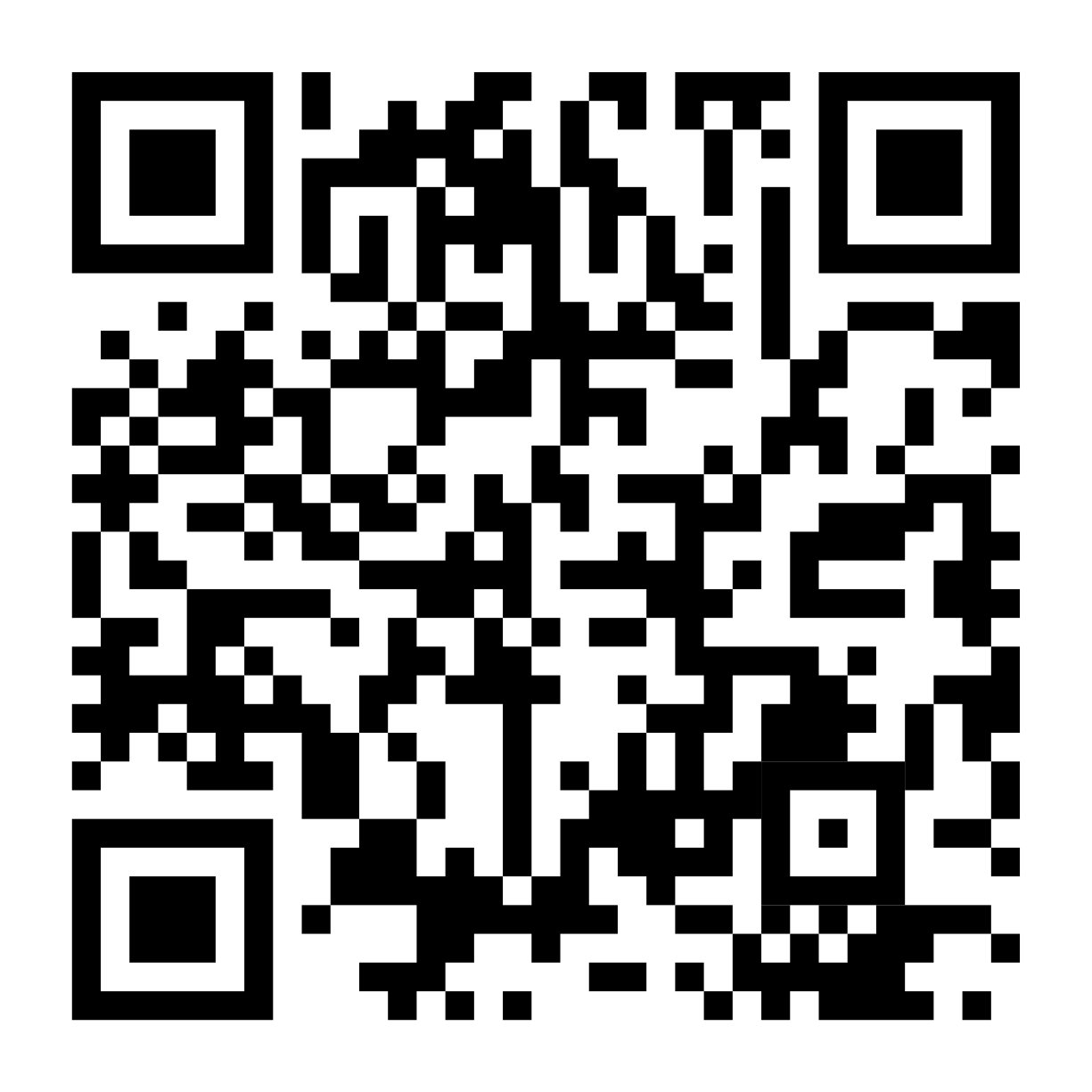
Peer Review Process
1. Submission of Manuscript
Authors submit their manuscript through the journal's manuscript management system (e.g., OJS or other platforms). The manuscript must comply with the journal’s formatting guidelines and publication ethics.
2. Initial Editorial Screening
The editor performs an initial evaluation to ensure:
-
The topic aligns with the journal’s scope
-
Compliance with author guidelines
-
Early plagiarism detection (using tools such as Turnitin/iThenticate)
Manuscripts that do not meet the criteria may be rejected at this stage (desk rejection).
3. Assignment to Handling Editor
The Editor-in-Chief assigns a handling editor (associate or section editor) based on subject matter expertise to manage the review process.
4. Reviewer Selection and Invitation
The handling editor selects 2–3 independent reviewers with relevant expertise. Reviewers are invited through the system and are given a response deadline (typically 5–7 days).
5. Peer Review Process
Reviewers evaluate the manuscript based on criteria such as:
-
Novelty
-
Scientific significance
-
Methodology and analysis
-
Writing quality and structure
-
Research ethics and integrity
The review is conducted under a double-blind model (author and reviewer identities are concealed), with a standard review period of 2–4 weeks.
6. Reviewer’s Recommendation
Reviewers provide one of the following recommendations:
-
Accept without revision
-
Accept with minor revisions
-
Major revisions required
-
Reject
7. Editorial Decision
The handling editor or Editor-in-Chief reviews the reviewers' comments and makes an editorial decision based on the feedback. The decision is communicated to the author along with the reviewer reports.
8. Revision and Resubmission
If revisions are required, the author must submit a revised version along with a response to reviewers. The revised manuscript may be sent back to the original reviewers or evaluated directly by the editor, depending on the extent of the revision.
9. Final Decision
Once revisions are complete and adequately addressed, the editor makes the final decision:
-
Accept for publication if all concerns are resolved.
-
Reject if the revisions are insufficient.
10. Copyediting and Layout
Accepted manuscripts enter the production stage:
-
Language and formatting checks
-
Layout preparation according to journal template
-
Galley proof preparation and author approval
11. Publication
The article is published online and made available, with a registered DOI.




